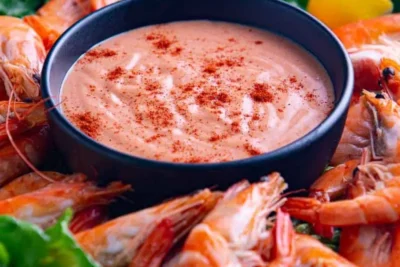
How to Cook Aubergine Perfectly Every Time: 7 Foolproof Methods
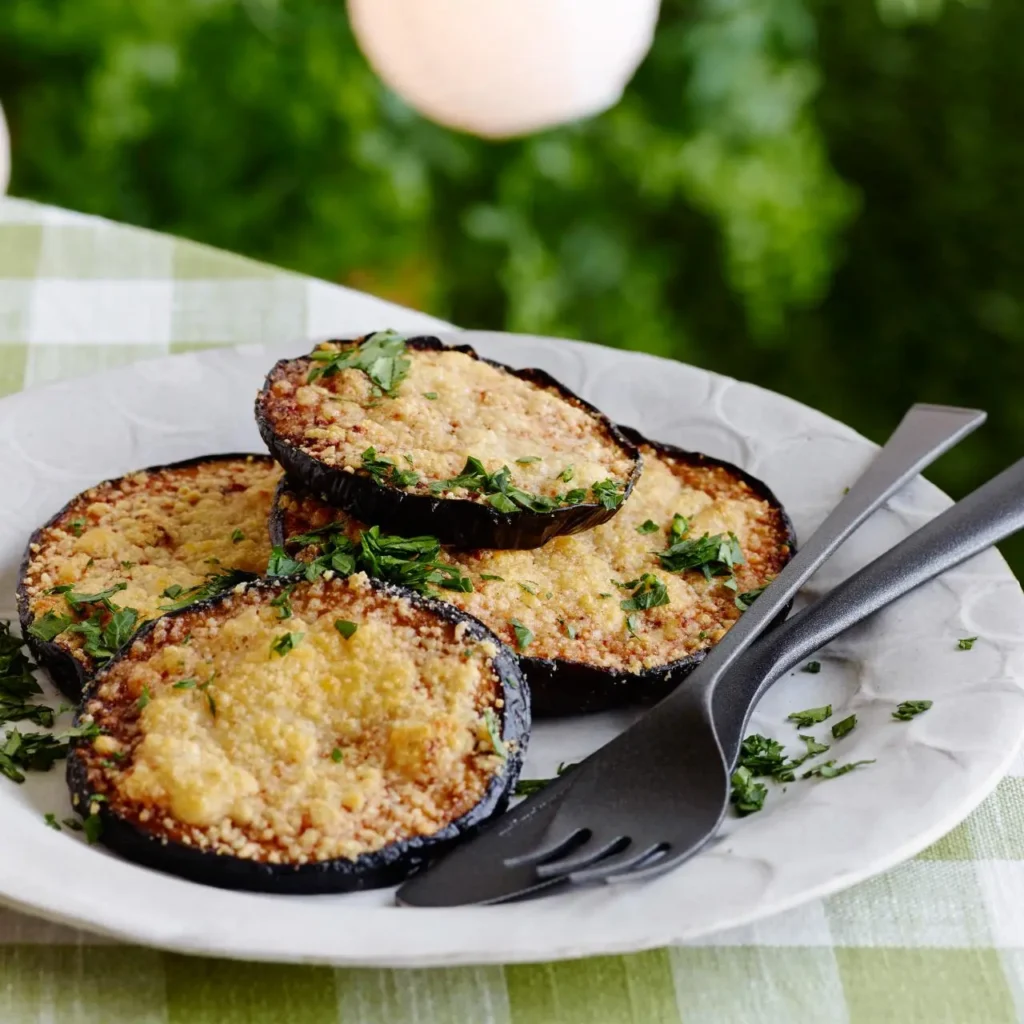
- Why Cooking Aubergine Can Be Tricky - How to Cook Aubergine
- How to Choose the Perfect Aubergine
- How to Store Aubergine Before Cooking
- 7 Foolproof Methods to Cook Aubergine Perfectly
- How to Avoid Bitter Aubergine
- Best Seasonings and Pairings for Aubergine
- Common Mistakes to Avoid
- Quick Reference Table
- FAQs
Why Cooking Aubergine Can Be Tricky - How to Cook Aubergine
Aubergine, also known as eggplant, is one of the most versatile vegetables in British and Mediterranean kitchens. It can be smoky and charred in a Middle Eastern dip, soft and creamy in an Italian parmigiana, or crisp and golden in tempura. Yet, many home cooks struggle to get it right — ending up with greasy, soggy slices or a bitter aftertaste. The truth is, cooking aubergine well is an art that starts long before you turn on the hob.
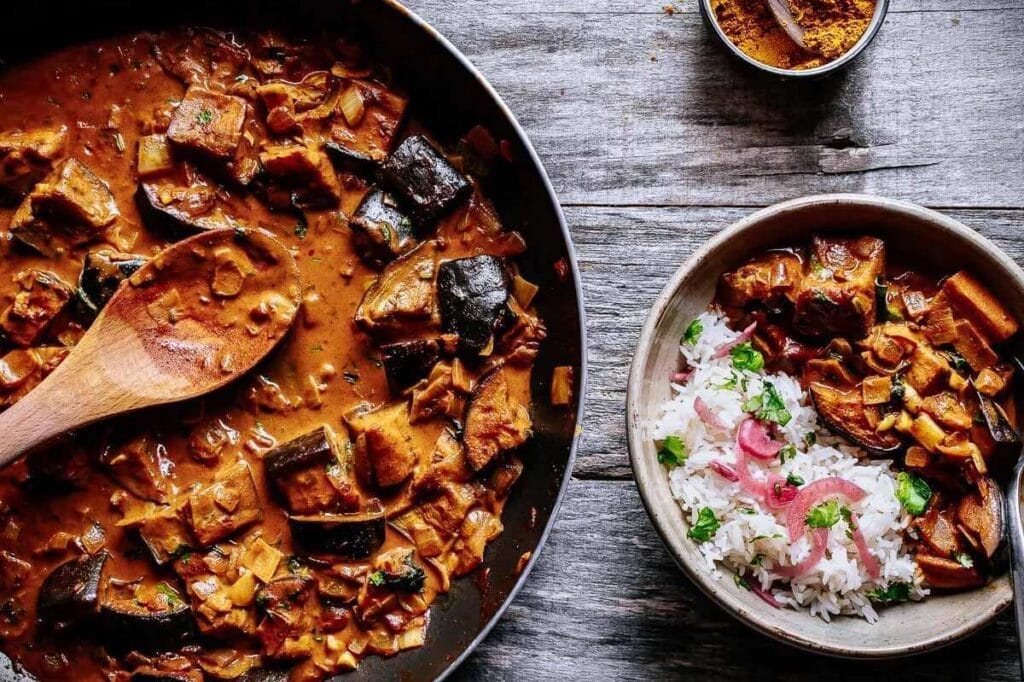
How to Choose the Perfect Aubergine
Selecting the right aubergine is the first step to success.
Here’s what to look for:
- Size and Firmness – Choose medium-sized aubergines. They should feel heavy for their size and have a firm, slightly springy texture when pressed gently. Oversized aubergines often have more seeds, leading to bitterness.
- Skin Colour and Gloss – Look for smooth, shiny skin without blemishes or wrinkles. Dull or faded skin can be a sign of age.
- Stem Freshness – A bright green, intact stem means the aubergine was picked recently.
- Avoiding Overripe Signs – Soft spots, wrinkling, or brown patches indicate the aubergine is past its prime.
Tip: In the UK, aubergines are available year-round, but they’re at their best from late summer to early autumn.
How to Store Aubergine Before Cooking
Aubergine is delicate and doesn’t store as long as root vegetables or onions.
To keep it fresh until you cook it:
- Room Temperature (Best for Short Term) – If you’ll use it within 1–2 days, keep it in a cool, dry place away from direct sunlight.
- Refrigeration (For Longer Storage) – Store in the vegetable drawer wrapped in a paper towel and placed in a perforated bag. This reduces moisture build-up, which can cause decay.
- Avoid Freezing Raw Aubergine – It becomes mushy when thawed. If you must freeze, cook it first (grill, roast, or sauté), then freeze in airtight containers.
7 Foolproof Methods to Cook Aubergine Perfectly
1. Roasting Aubergine
- How to do it: Slice into rounds or cubes, drizzle with olive oil, season with salt and pepper, and roast at 200°C (fan 180°C) for 20–30 minutes until golden.
- Best for: Ratatouille, salads, or dips like baba ganoush.
- Pro tip: Use baking paper to prevent sticking and cut down on oil.
2. Grilling Aubergine
- How to do it: Brush slices with olive oil and grill over medium-high heat for 3–4 minutes per side.
- Best for: Mediterranean platters, BBQ sides.
- Pro tip: Add a marinade of garlic, lemon juice, and parsley for extra flavour.
3. Sautéing Aubergine
- How to do it: Cube and sauté in a large frying pan over medium heat with minimal oil until browned and tender.
- Best for: Stir-fries, pasta dishes, or as a pizza topping.
- Pro tip: Salt the cubes and let them sit for 20 minutes before cooking to draw out moisture and reduce oil absorption.
4. Baking Aubergine
- How to do it: Slice in half lengthwise, score the flesh, brush with olive oil, and bake at 190°C for 35–40 minutes until soft.
- Best for: Aubergine parmigiana, stuffed aubergines.
- Pro tip: Add breadcrumbs, cheese, and herbs for a crispy topping.
5. Steaming Aubergine
- How to do it: Cut into chunks and steam for 8–10 minutes until tender.
- Best for: Asian-inspired aubergine with soy and sesame.
- Pro tip: Steaming retains nutrients and gives a softer, milder taste.
6. Air-Frying Aubergine
- How to do it: Coat slices in olive oil spray and season, then air-fry at 190°C for 10–12 minutes, flipping halfway.
- Best for: Low-fat aubergine chips, crispy bites.
- Pro tip: Perfect for those wanting flavour without excess oil.
7. Microwaving Aubergine
- How to do it: Place whole or halved aubergines in a microwave-safe dish, cover, and cook on high for 4–6 minutes.
- Best for: Quick weeknight meals, soft aubergine mash.
- Pro tip: Score the skin before microwaving to prevent bursting.
How to Avoid Bitter Aubergine
Older aubergines can develop bitterness. To avoid it:
- Salt slices generously, leave for 20–30 minutes, then rinse and pat dry before cooking.
- Opt for younger, smaller aubergines.
Best Seasonings and Pairings for Aubergine
Aubergine pairs beautifully with:
- Mediterranean flavours: Olive oil, garlic, oregano, thyme.
- Middle Eastern spices: Cumin, coriander, sumac.
- Asian touches: Soy sauce, sesame oil, miso.
Common Mistakes to Avoid
- Using too much oil – Aubergine acts like a sponge, so always pre-salt or brush lightly with oil instead of drenching.
- Overcooking – This can make it mushy. Cook until just tender.
- Not seasoning enough – Aubergine needs bold flavours to shine.
Quick Reference Table
| Method | Temp / Time | Best For | Difficulty |
|---|---|---|---|
| Roasting | 200°C / 20–30 min | Salads, dips | Easy |
| Grilling | High heat / 3–4 min | BBQ sides | Medium |
| Sautéing | Med heat / 8–10 min | Stir-fries, pasta | Easy |
| Baking | 190°C / 35–40 min | Parmigiana, stuffed veg | Medium |
| Steaming | N/A / 8–10 min | Asian dishes | Easy |
| Air-Frying | 190°C / 10–12 min | Crispy bites | Easy |
| Microwaving | High / 4–6 min | Quick meals | Very Easy |
FAQs
Do you need to peel aubergine before cooking?
No, the skin is edible and contains nutrients, but it can be tough on older aubergines.
How do you stop aubergine from absorbing too much oil?
Pre-salt the slices and let them rest before cooking; this reduces oil absorption.
What is the healthiest way to cook aubergine?
Steaming or air-frying uses the least oil while preserving flavour.
Can you eat aubergine skin?
Yes, especially on young, fresh aubergines. Older skins may be tougher.
How long does cooked aubergine last in the fridge?
Store in an airtight container for up to 3 days.
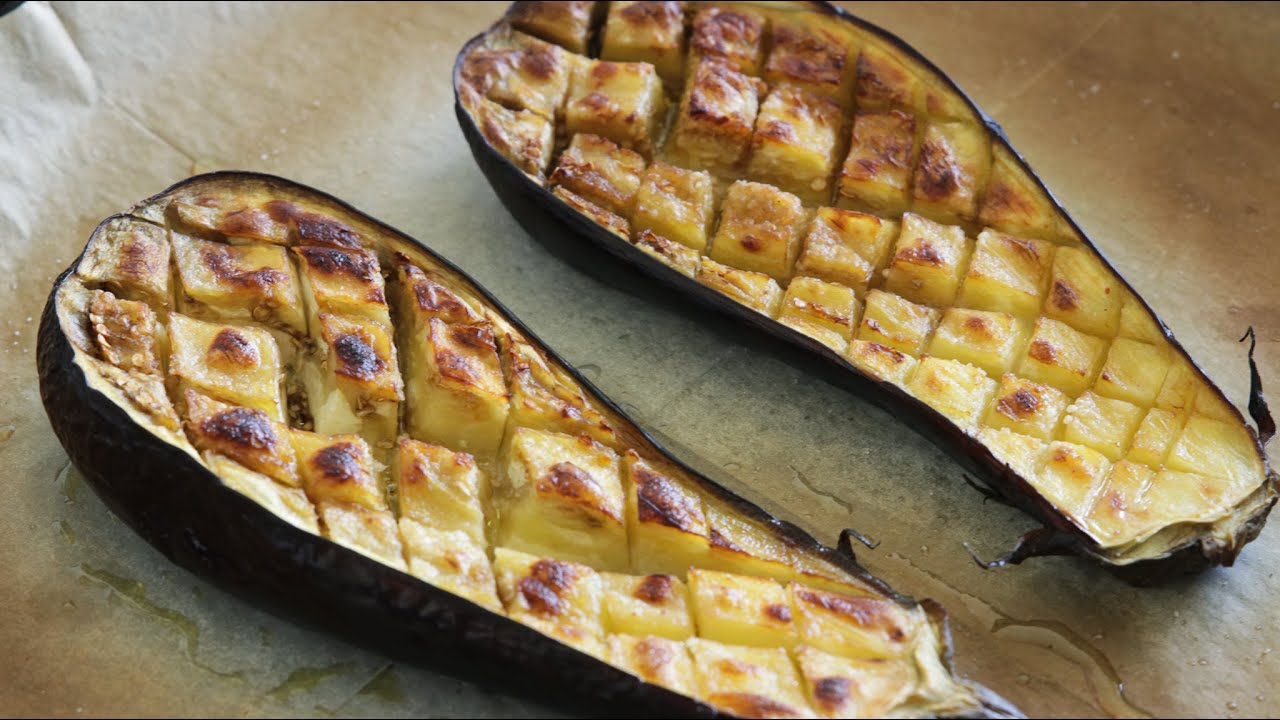

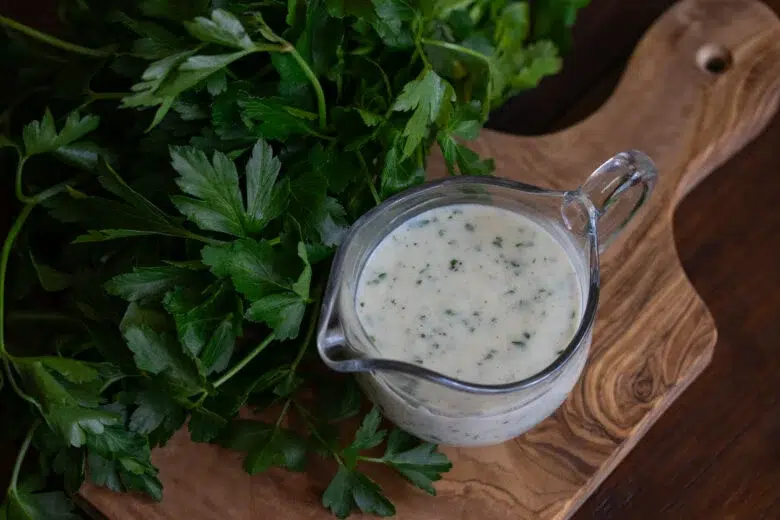


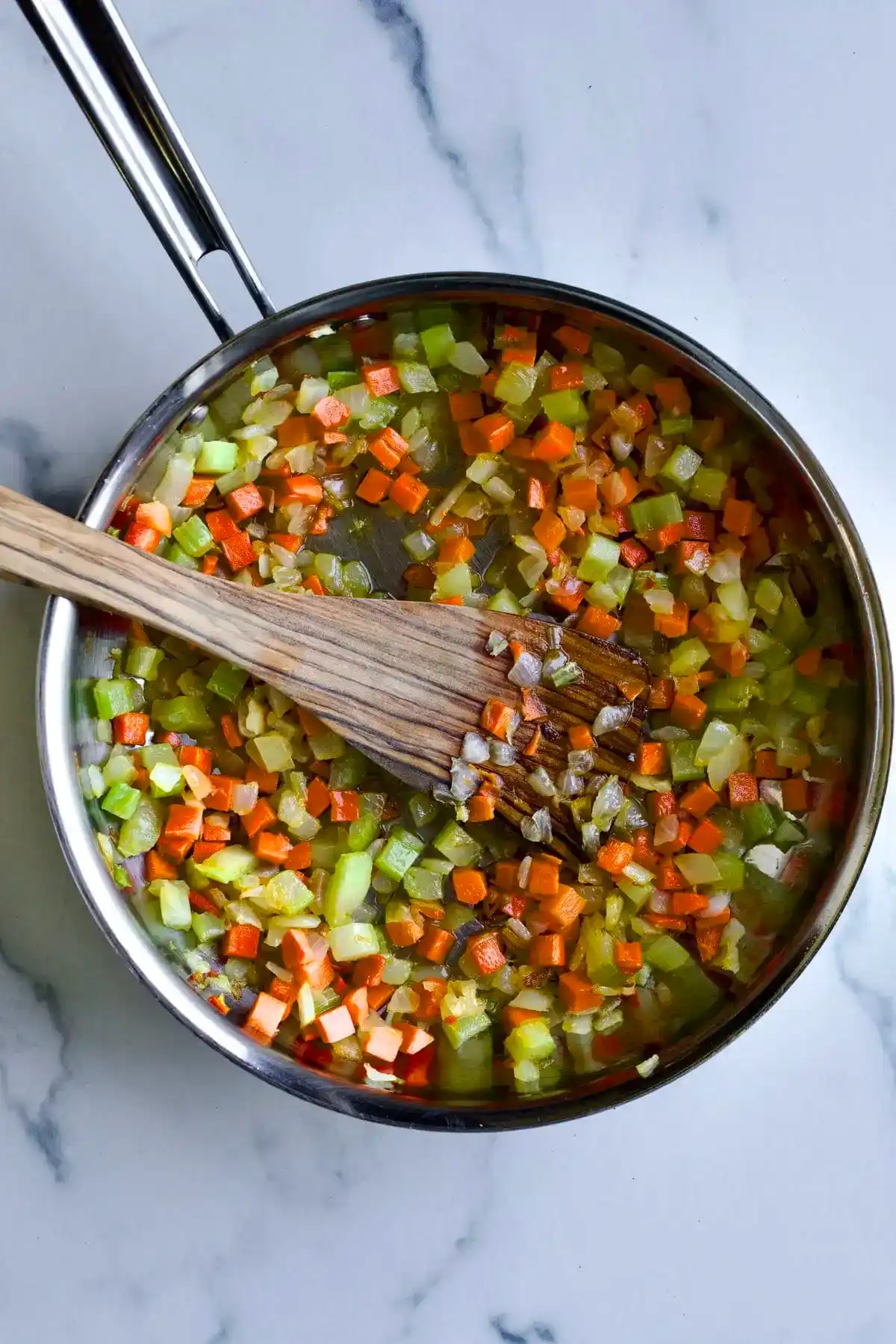

Leave a Reply